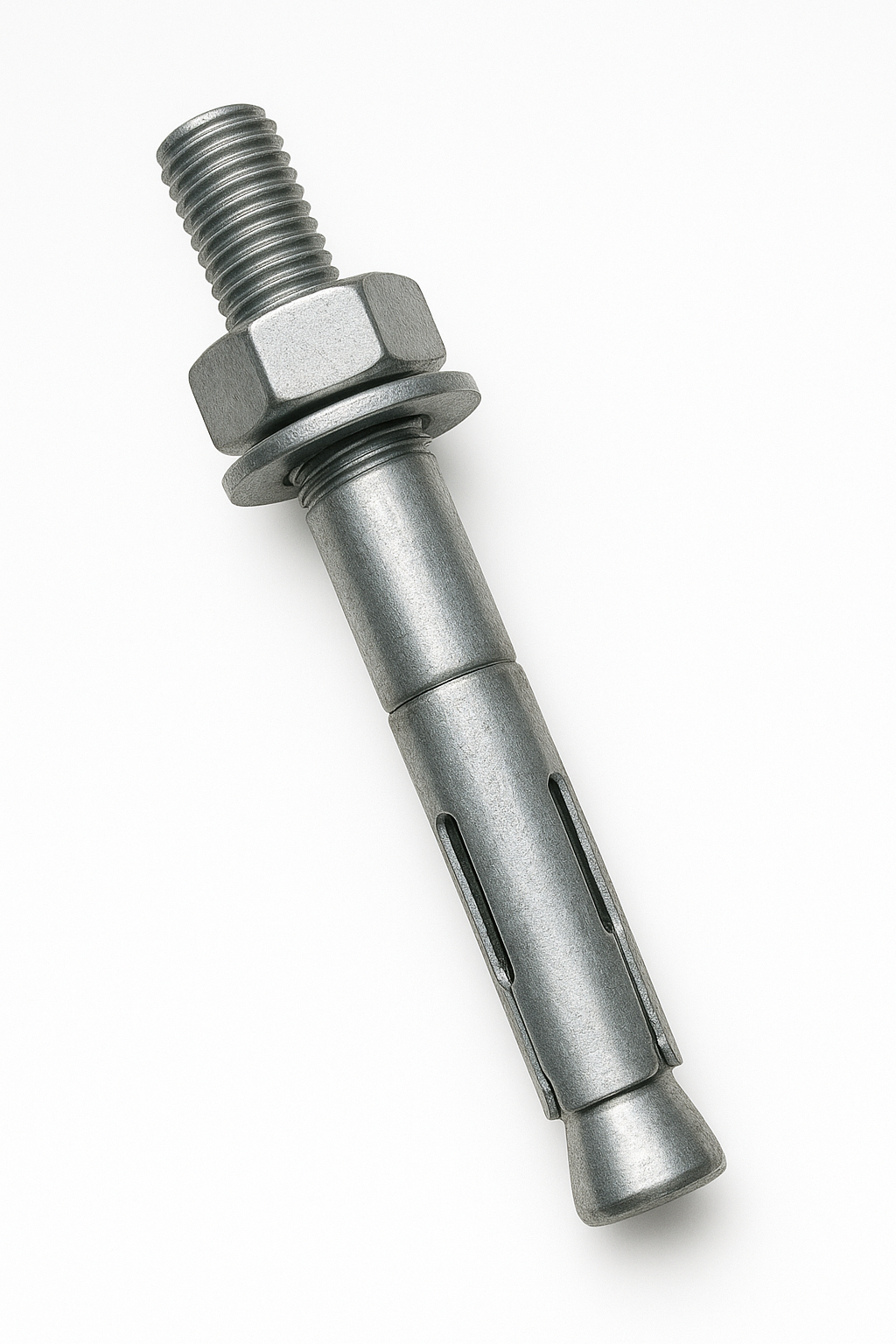Dealing with unsightly screw holes in your walls can be frustrating, whether they're leftover from old picture frames, shelves, or minor mishaps. Fortunately, learning how to patch screw holes in drywall is a straightforward DIY task that can dramatically improve the appearance of your room and prepare surfaces perfectly for a fresh coat of paint. This guide will walk you through the simple steps to make those blemishes disappear, restoring your walls to their smooth, unblemished state.
Essential Tools and Materials for Drywall Repair
Before you begin, gathering the right tools and materials will make the job quicker and easier. You don't need an extensive toolkit for this common household repair. Most items are readily available at any hardware store. You will typically need: a tub of lightweight spackling compound or joint compound (spackle is often preferred for small holes due to its quick drying time and minimal shrinkage), a flexible putty knife (a 1.5-inch or 2-inch wide knife is usually sufficient for screw holes), fine-grit sandpaper (around 120 to 220 grit), a clean cloth or sponge, a small container of drywall primer, and touch-up paint that matches your existing wall color. Having a drop cloth can also be beneficial to protect your floors from dust and drips, though for tiny holes, careful work might suffice.
Preparing the Screw Hole for Patching
Proper preparation is key to achieving an invisible patch. Start by ensuring the area around the screw hole is clean and free of any loose debris. If the drywall paper is torn or peeling around the hole, carefully trim it away with a utility knife to create a neat edge. Sometimes, the act of inserting or removing a screw can push drywall material outward, creating a slight bulge. Gently depress this raised area with the end of your putty knife or a screwdriver handle so that the hole is slightly concave. This slight indentation is crucial because it allows the patching compound to sit flush with or slightly below the surface of the wall, rather than creating a new bump. Once trimmed and indented, wipe the area with a clean, slightly damp cloth to remove any dust, ensuring the spackle will adhere properly.
Applying Spackle or Joint Compound Effectively
With your hole prepped, it's time to apply the patching material. Scoop a small amount of spackling compound onto the tip of your putty knife. For a typical screw hole, you'll need very little – about the size of a pea. Position the loaded putty knife at a slight angle (around 30-45 degrees) just above the hole and draw it downwards, pressing firmly enough to push the spackle into the hole and spread it thinly over the surface. The goal is to completely fill the void. Make a second pass, perhaps from a different direction (e.g., horizontally), to smooth the compound and remove any excess. Try to feather the edges, meaning you make the spackle thinnest at its outer perimeter so it blends smoothly with the surrounding wall. Don't overwork the compound; too much manipulation can pull it back out of the hole. For very small or shallow screw holes, one application might be sufficient. If the hole is a bit deeper, or if the spackle shrinks slightly as it dries (which is common), you may need a second, very thin coat after the first one has completely dried according to the manufacturer's instructions.
Sanding for a Seamless Finish
Once the spackling compound is fully cured – it should be hard and not cool to the touch – the next step is sanding. This is where you’ll smooth out the patch to make it indistinguishable from the rest of the wall. Wrap a piece of fine-grit sandpaper around a small sanding block for better control, or simply use the paper by hand for tiny areas. Gently sand the patched area using light, circular or back-and-forth motions. The aim is to smooth any ridges or excess compound and blend the edges of the patch seamlessly with the surrounding drywall. Be careful not to oversand, as this can scuff the drywall paper around the patch or create a divot. Periodically run your fingers over the area (and with your eyes closed for better tactile feedback) to feel for any unevenness. Wipe away the sanding dust with a clean, dry cloth or a tack cloth when you're satisfied with the smoothness. If you notice any imperfections or remaining indentations after sanding, you can apply another very thin layer of spackle, let it dry, and sand again.
Priming and Painting Your Patched Drywall
The final steps in making that screw hole truly vanish involve priming and painting. Spackling compound and joint compound are porous and will absorb paint differently than the surrounding painted drywall. If you paint directly over the patch without priming, the patched area might appear as a dull or slightly different colored spot, an effect known as "flashing." To prevent this, apply a thin coat of drywall primer specifically over the sanded patch and a small area around it. Allow the primer to dry completely according to the product’s instructions. Once the primer is dry, you can apply your touch-up paint. Using the same paint that was originally used on the wall is ideal for a perfect match in both color and sheen. Apply the paint using a small brush or a mini roller, feathering the edges into the existing paintwork to help it blend. One or two thin coats of paint are usually sufficient. Allow the paint to dry fully, and your wall will look as good as new, with no trace of the previous screw hole. Learning this basic skill of how to patch screw holes in drywall can save you time and money on minor home repairs.
Pro Tips for Perfect Drywall Patches
For an even more professional finish, consider a few extra tips. If your wall has a noticeable texture, you can purchase aerosol spray texture or canned texture products that can be applied over the patched and primed area to mimic the surrounding pattern before painting. Practice on a piece of cardboard first to get the hang of the spray pattern. When choosing a patching compound, lightweight spackle is great for quick fixes on small holes, while all-purpose joint compound might be used if you're already doing larger drywall work. Always ensure your putty knife is clean before you start and clean it immediately after use. For future hole prevention, consider using picture hanging strips or adhesive hooks for lightweight items instead of screws where appropriate. Knowing how to patch screw holes in drywall is a fundamental skill for any homeowner, empowering you to maintain your home's appearance with ease.







